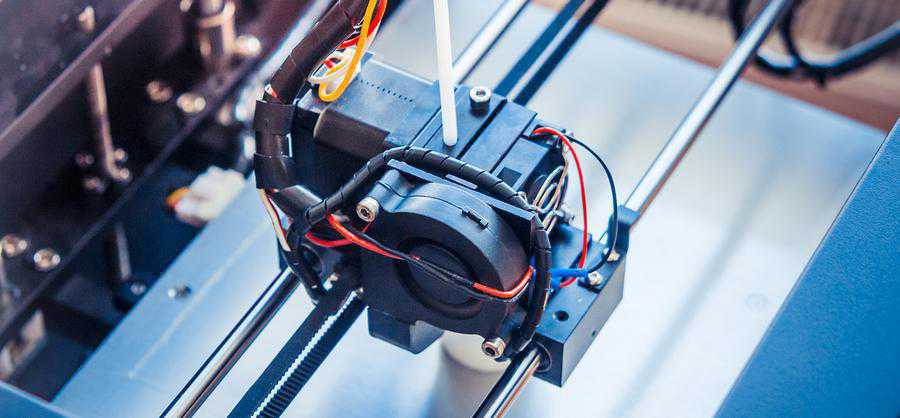While 3-D printing first began to emerge in the 1980s, the technology has undergone an explosion in growth and innovation over the past few years. One area that is seeing an enormous amount of potential is 3-D printing in health care.
Currently, 3-D printing is commonly used for hearing aids, dentistry, and prostheses. New uses are emerging every day that have the potential to provide better care and outcomes for patients. Here are four that stand out:
1. Skin
One use for 3-D printing in health care is to create functional human skin. Scientists from the Universidad Carlos III de Madrid used 3-D bioprinting to replicate human skin that can be transplanted to patients such as burn victims. The skin can also be used for pharmaceutical, chemical, or cosmetic product testing. The scientists used bioinks that contained human plasma and other cells that were taken from skin biopsies to produce 3-D printed skin that mimicked human skin. The scientists, whose findings were published in the journal Biofabrication, concluded that their technique would allow 3-D printed skin to be produced "in amounts and times appropriate for its clinical and commercial use." The new technique could also cut down on the cost of production.
The scientists also reported that 3-D bioprinting opens up the possibility to print artificial tissues and organs.
2. Heart Valves
3-D printing in health care is also being used to create heart valves for surgical pre-planning. Using a CT scan, doctors measure the size of the heart and determine what size replacement valve is needed. This cuts down on the amount of risk involved because doctors can test the valve before actually placing it in the patient's heart; if an incorrect valve is used, it needs to be taken out and replaced, which requires the patient to undergo more surgery. 3-D printed heart valves are currently being used for surgical procedures such as transcatheter aortic valve replacement (TAVR).
3. Ears
Scientists at Princeton University created a 3-D printed bionic ear that not only replicated human ability, but could also hear radio frequencies beyond what humans can normally hear. The scientists hypothesized that their approach "suggests a means to intricately merge biologic and nanoelectronic functionalities via 3-D printing." What this means is that they found a way to combine tissue with electronics to improve typical human capability. This approach, called cybernetics, "has the potential to generate customized replacement parts for the human body," the researchers said.
4. Organs
Scientists at the Wake Forest Institute for Regenerative Medicine are working to create more complex human organs, such as the liver and kidney, which could cut down the long wait for transplants. While scientists were able to bioprint a detailed model of a kidney, they have yet to create one that actually works. Wake Forest said it would be a long time before a bioprinted kidney became available on the market.
3-D printing in health care has come a long way, but it also has a long way to go. Scientists are working hard to discover new ways to produce body parts and medical devices that can improve and even enhance patients' quality of life.




